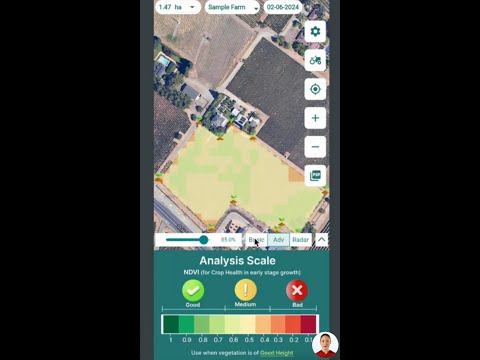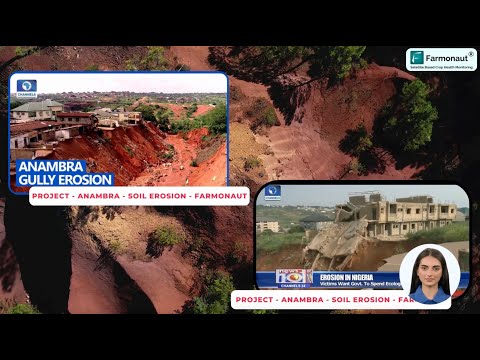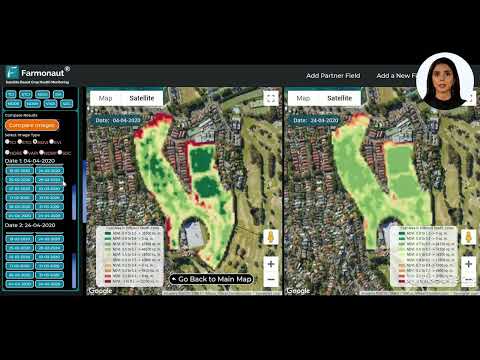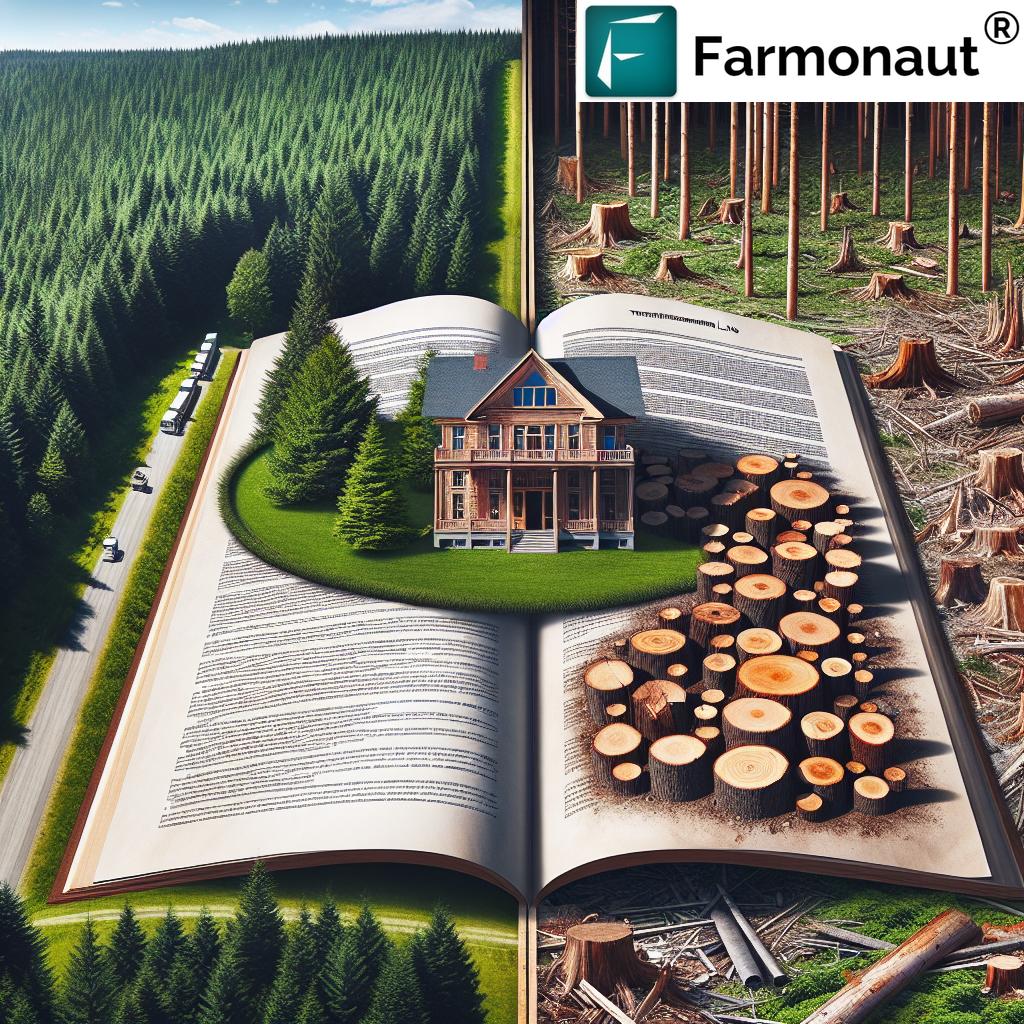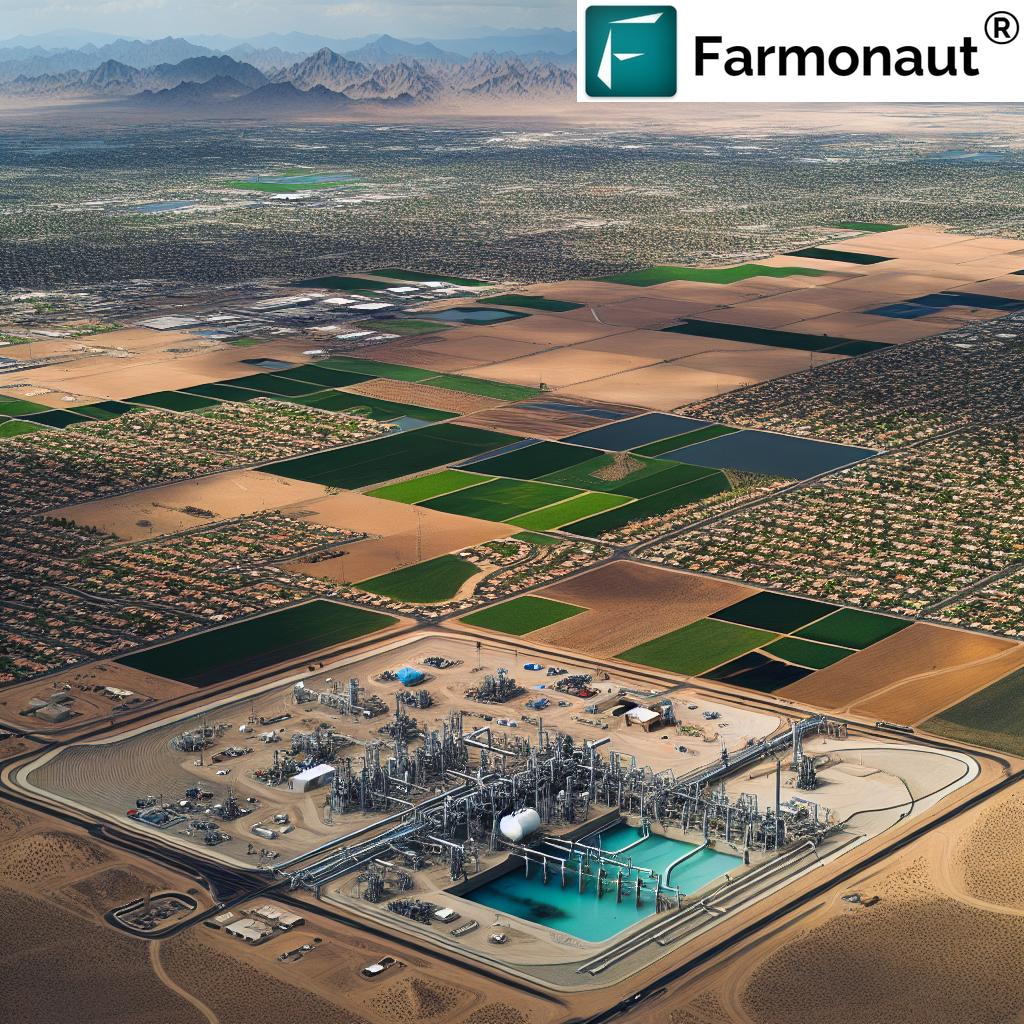Wildfire Recovery in Los Angeles: Ensuring Soil Safety for Sustainable Rebuilding
“90% of wildfires in California are caused by human activities, increasing the need for post-fire soil safety measures.”
In the aftermath of the devastating Eaton and Palisades wildfires that swept through Los Angeles County, we find ourselves at a critical juncture. As residents and officials alike grapple with the monumental task of rebuilding, a pressing concern has emerged: the safety of the soil upon which our communities will be reconstructed. The decision by the Federal Emergency Management Agency (FEMA) to forgo soil testing in affected areas has sparked a heated debate, raising important questions about environmental safety and public health in the wake of such disasters.
In this comprehensive exploration, we will delve into the complexities of wildfire recovery in Los Angeles, with a particular focus on ensuring soil safety for sustainable rebuilding. We’ll examine the controversial decisions made by authorities, the potential risks associated with untested soil, and the steps being taken by various stakeholders to address these concerns. Our goal is to provide a thorough understanding of the situation and offer insights into how we can move forward responsibly and safely.
The Aftermath of the Eaton and Palisades Wildfires
The Eaton and Palisades wildfires were among the most destructive in California’s history, leaving a trail of devastation across Los Angeles County. More than 13,500 properties were damaged or destroyed, affecting communities in Altadena and the Pacific Palisades neighborhood of L.A. The scale of destruction has necessitated a massive cleanup and rebuilding effort, but it has also brought to light significant concerns about the environmental impact of these fires.
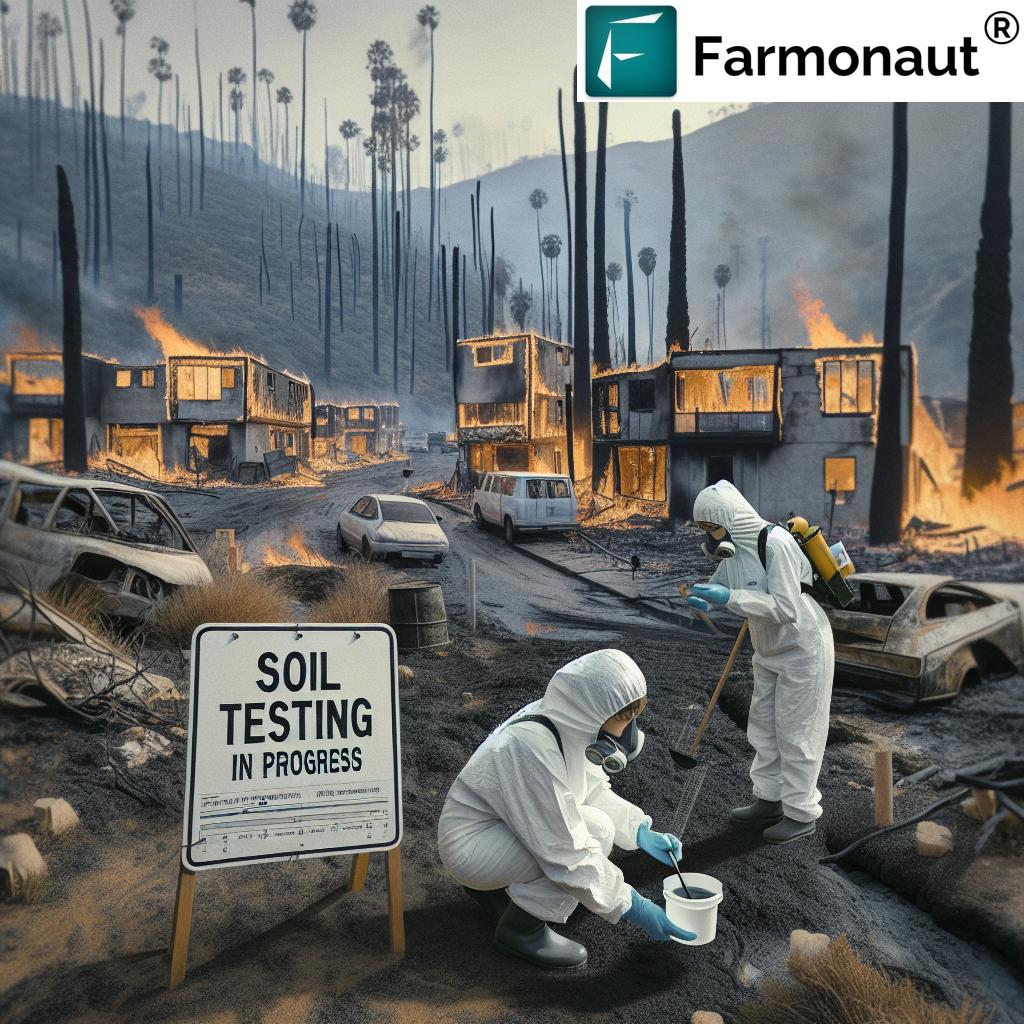
As we begin the process of rebuilding, it’s crucial to understand the potential risks associated with wildfire-affected soil. Wildfires can alter soil composition and introduce toxic substances, making thorough environmental assessments a critical step in ensuring safe reconstruction. This is where advanced technologies, such as those offered by Farmonaut, can play a vital role in monitoring and assessing soil health in affected areas.
The Controversial Decision: Foregoing Soil Testing
One of the most contentious aspects of the recovery process has been FEMA’s decision to skip soil testing in communities affected by the Eaton and Palisades wildfires. This departure from long-standing practice has raised eyebrows and sparked concern among residents, lawmakers, and environmental experts alike.
Traditionally, soil testing has been a crucial step in post-wildfire cleanup efforts. It serves to identify the presence and levels of toxic substances that may have been introduced or concentrated in the soil due to the fire. These contaminants can include heavy metals, organic pollutants, and other hazardous materials that pose significant health risks if left unaddressed.
“Toxic ash from wildfires can contaminate soil up to 3 inches deep, necessitating thorough testing before rebuilding.”
The Cleanup Process and Its Limitations
The current cleanup process, overseen by FEMA and the U.S. Army Corps of Engineers, involves removing ash, debris, and a 6-inch layer of topsoil from affected properties. While this approach aims to eliminate visible contamination, it may not address deeper soil issues or account for the complex ways in which toxins can persist in the environment.
Here’s a breakdown of the cleanup process and its potential shortcomings:
- Ash and Debris Removal: This initial step clears away the most obvious fire remnants but doesn’t address potential contamination beneath the surface.
- Topsoil Excavation: Removing 6 inches of topsoil is a standard practice, but it may not be sufficient in all cases, especially where contamination has penetrated deeper.
- Lack of Post-Cleanup Testing: Without soil testing after cleanup, there’s no way to verify if the removal efforts have been effective in eliminating toxic substances.
- Potential for Overlooking Pre-existing Contamination: FEMA’s stance that deeper contamination is likely pre-existing and thus beyond their purview may leave significant health risks unaddressed.
This approach has left many homeowners and community members feeling uncertain about the safety of their properties. The lack of comprehensive soil testing means that residents are rebuilding on land that may still harbor harmful substances, potentially putting their health at risk in the long term.
The Importance of Soil Testing in Post-Wildfire Recovery
Soil testing after wildfires is not just a precautionary measure; it’s a critical component of ensuring public health and environmental safety. Previous wildfire recovery efforts have demonstrated the value of thorough soil sampling:
- Camp Fire (2018): Soil testing in the aftermath of this Northern California wildfire revealed that a significant portion of properties still had excessive levels of heavy metals even after initial cleanup.
- Woolsey Fire (2018): Similar findings near Malibu underscored the importance of post-cleanup soil testing in identifying persistent contamination.
These examples highlight why soil testing is crucial for:
- Identifying hidden contaminants that may have leached into deeper soil layers
- Ensuring that cleanup efforts have been thorough and effective
- Providing residents with peace of mind about the safety of their rebuilt homes
- Preventing long-term health risks associated with exposure to toxic substances
Potential Risks of Rebuilding on Untested Soil
The decision to rebuild without comprehensive soil testing carries several significant risks:
- Exposure to Toxic Substances: Residents may unknowingly be exposed to hazardous materials through direct contact with soil or inhalation of contaminated dust.
- Long-term Health Effects: Prolonged exposure to certain contaminants can lead to serious health issues, including respiratory problems, developmental delays in children, and increased cancer risk.
- Environmental Degradation: Untreated contamination can spread to surrounding areas, affecting local ecosystems and water sources.
- Property Value Concerns: Future discoveries of contamination could impact property values and create liability issues for homeowners and developers.
To address these concerns, it’s crucial to implement comprehensive soil safety measures. This is where advanced technologies like those offered by Farmonaut can play a crucial role. Their carbon footprinting tools, for instance, can help monitor and manage environmental impact during the rebuilding process, ensuring that reconstruction efforts are as sustainable as possible.
The Response from Local and State Officials
The decision to forgo soil testing has not gone unchallenged. A group of California lawmakers, led by U.S. Rep Laura Friedman, has voiced strong opposition to FEMA’s approach. In a letter to FEMA’s acting administrator, they emphasized the importance of informing residents about potential toxins in the soil and ensuring that wildfire survivors return to safe, toxin-free properties.
However, the response from local authorities has been mixed:
- Los Angeles City and County: Officials have stated they won’t require soil testing before issuing most rebuilding permits, aligning with FEMA’s stance.
- School Districts: Some school districts, including Los Angeles Unified School District (LAUSD), are taking proactive measures by conducting their own environmental assessments and soil sampling.
- State Agencies: The California Department of Toxic Substances Control (DTSC) has offered technical assistance but has not mandated testing for affected schools.
This patchwork of responses highlights the need for a more coordinated and comprehensive approach to ensuring soil safety in post-wildfire recovery efforts.
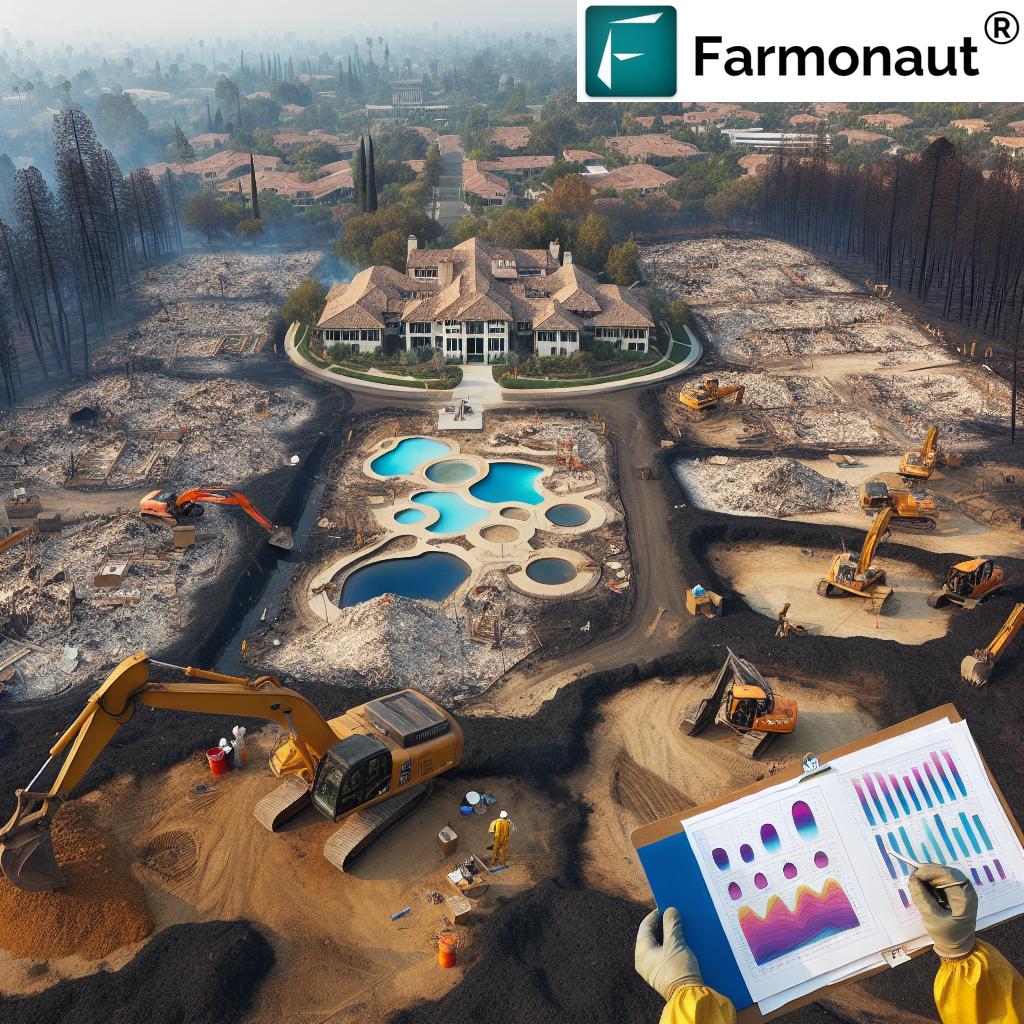
The Role of Technology in Soil Safety Assessment
In the face of these challenges, technology can play a crucial role in ensuring soil safety and promoting sustainable rebuilding efforts. Advanced tools and methodologies can provide more accurate, efficient, and comprehensive assessments of soil health and contamination levels.
Farmonaut, a leading agricultural technology company, offers innovative solutions that could be adapted for post-wildfire soil assessment:
- Satellite-Based Monitoring: Farmonaut’s satellite imagery technology, typically used for crop health monitoring, could be repurposed to assess large areas of wildfire-affected land quickly and efficiently.
- AI-Driven Analysis: The company’s Jeevn AI Advisory System could be adapted to analyze soil data and provide insights into contamination patterns and remediation needs.
- Blockchain-Based Traceability: Farmonaut’s traceability solutions could be used to create a transparent record of soil testing and remediation efforts, ensuring accountability throughout the recovery process.
By leveraging these technologies, we can enhance our ability to identify and address soil contamination issues more effectively, providing a safer foundation for rebuilding efforts.
Soil Contamination Risk Assessment Matrix
| Location | Heavy Metals | Organic Pollutants | Asbestos | Other Toxins |
|---|---|---|---|---|
| Residential Areas | High | Medium | Medium | High |
| Schools | High | High | High | Medium |
| Public Spaces | Medium | Low | Low | Medium |
| Agricultural Land | High | High | Low | High |
Note: Risk levels (Low, Medium, High) are estimated based on potential contamination and require thorough testing for accurate assessment.
Community Response and Initiatives
In the absence of government-mandated soil testing, community members and local organizations have taken matters into their own hands. Various initiatives have emerged to address the soil safety concerns:
- University Collaborations: Institutions like the University of Southern California are offering free lead testing services to affected homeowners.
- Research Coalitions: A group of researchers from UCLA, Loyola Marymount, and Purdue universities has come together to provide comprehensive soil testing for residents in affected areas.
- Community Awareness Programs: Local environmental groups are organizing workshops and information sessions to educate residents about the potential risks and the importance of soil testing.
- Crowdfunding Initiatives: Some communities have started crowdfunding campaigns to finance independent soil testing and analysis.
These grassroots efforts highlight the community’s commitment to ensuring a safe and healthy environment for rebuilding. They also underscore the need for more comprehensive, government-led initiatives to address soil safety concerns systematically.
The Path Forward: Ensuring Sustainable and Safe Rebuilding
As we look to the future of wildfire recovery in Los Angeles, it’s clear that ensuring soil safety must be a top priority for sustainable rebuilding. Here are some key steps that should be considered:
- Comprehensive Soil Testing Protocol: Develop and implement a standardized, thorough soil testing procedure for all wildfire-affected areas.
- Integration of Advanced Technologies: Utilize tools like Farmonaut’s satellite monitoring and AI analysis to enhance soil assessment capabilities.
- Public-Private Partnerships: Foster collaboration between government agencies, research institutions, and technology companies to develop innovative solutions for soil safety.
- Community Education and Engagement: Implement programs to inform and involve residents in the soil testing and remediation process.
- Long-term Monitoring: Establish ongoing soil health monitoring programs to track and address any emerging contamination issues over time.
By taking these steps, we can create a framework for safe, sustainable rebuilding that prioritizes both environmental health and community well-being.
The Role of Farmonaut in Post-Wildfire Recovery
While Farmonaut’s primary focus is on agricultural technology, its innovative solutions have the potential to contribute significantly to post-wildfire recovery efforts, particularly in ensuring soil safety for sustainable rebuilding. Here’s how Farmonaut’s technologies could be adapted to address the unique challenges of wildfire recovery:
- Satellite-Based Soil Analysis: Farmonaut’s advanced satellite imagery technology, typically used for crop health monitoring, could be repurposed to assess large areas of wildfire-affected land quickly and efficiently. This could help identify areas of potential contamination and prioritize testing efforts.
- AI-Driven Contamination Prediction: The Jeevn AI Advisory System could be adapted to analyze soil data and predict potential contamination patterns based on fire intensity, pre-existing land use, and other relevant factors.
- Blockchain for Remediation Tracking: Farmonaut’s blockchain-based traceability solutions could be used to create a transparent, tamper-proof record of soil testing, remediation efforts, and rebuilding progress. This would ensure accountability and provide residents with confidence in the recovery process.
- Resource Management for Cleanup Efforts: The company’s fleet management tools could be utilized to optimize the deployment of cleanup crews and equipment, ensuring efficient use of resources in the recovery process.
- Environmental Impact Monitoring: Farmonaut’s carbon footprinting capabilities could be adapted to monitor the environmental impact of cleanup and rebuilding efforts, helping to ensure that recovery work is conducted in the most sustainable manner possible.
By leveraging these technologies, we can enhance our ability to identify and address soil contamination issues more effectively, providing a safer foundation for rebuilding efforts in Los Angeles and other wildfire-affected areas.
Conclusion: A Call for Comprehensive Soil Safety Measures
The challenges posed by the Eaton and Palisades wildfires in Los Angeles extend far beyond the immediate devastation. As we embark on the crucial task of rebuilding, ensuring soil safety emerges as a critical concern that cannot be overlooked. The controversial decision to forgo comprehensive soil testing has sparked a necessary debate about the long-term health and environmental implications of our recovery efforts.
It’s clear that a more robust, science-based approach to soil safety is needed. By integrating advanced technologies, fostering community engagement, and prioritizing thorough environmental assessments, we can create a framework for safe and sustainable rebuilding. The potential adaptation of agricultural technologies, like those offered by Farmonaut, presents exciting possibilities for enhancing our soil safety efforts.
As we move forward, it’s crucial that all stakeholders – from government agencies and environmental experts to community members and technology providers – work together to ensure that the rebuilding process in Los Angeles not only restores what was lost but also creates a safer, more resilient community for the future.
The path to recovery may be long and complex, but by prioritizing soil safety and embracing innovative solutions, we can turn this challenge into an opportunity to build back better, creating a model for sustainable post-wildfire recovery that can inform future efforts across California and beyond.
FAQ Section
Q: Why is soil testing important after wildfires?
A: Soil testing after wildfires is crucial because fires can introduce toxic substances into the soil, including heavy metals and organic pollutants. These contaminants can pose long-term health risks if not properly identified and addressed before rebuilding.
Q: What are the potential health risks of rebuilding on contaminated soil?
A: Rebuilding on contaminated soil can lead to exposure to toxic substances through direct contact, inhalation of contaminated dust, or consumption of produce grown in affected areas. This can result in various health issues, including respiratory problems, developmental delays in children, and increased cancer risk.
Q: How can technology help in assessing soil safety after wildfires?
A: Advanced technologies like satellite imagery, AI-driven analysis, and blockchain-based traceability can enhance soil assessment capabilities. These tools can help quickly identify potentially contaminated areas, predict contamination patterns, and ensure transparent tracking of remediation efforts.
Q: What steps can homeowners take to ensure soil safety on their properties?
A: Homeowners can take several steps, including:
- Requesting independent soil testing from certified laboratories
- Participating in community-led soil testing initiatives
- Consulting with environmental experts for property-specific advice
- Implementing recommended remediation measures if contamination is found
Q: How long does it typically take for soil to recover after a wildfire?
A: The recovery time for soil after a wildfire can vary greatly depending on the fire’s intensity, the types of contaminants present, and local environmental factors. It can range from a few months to several years. Ongoing monitoring and appropriate remediation efforts can help accelerate the recovery process.
Earn With Farmonaut
Earn 20% recurring commission with Farmonaut’s affiliate program by sharing your promo code and helping farmers save 10%. Onboard 10 Elite farmers monthly to earn a minimum of $148,000 annually—start now and grow your income!
Farmonaut Subscriptions


